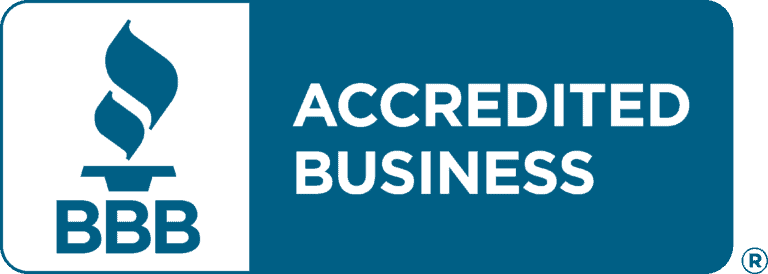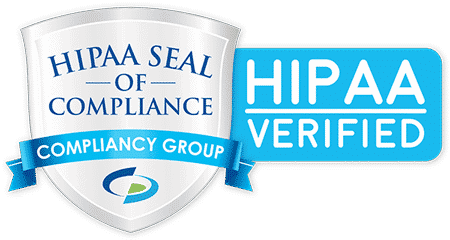A lot of business owners will remember the year 2020 for the way it transformed business operations. It was tough for businesses to introduce a new product or service to the market – as governments initiated lockdown protocols. Fortunately, 2021 has proven to be an impressive year for commercial industries as major establishments have hit the ground running. To help the businesses the federal government created tax credits and programs such as the Employee Retention Credit (ERC).
The government, through the IRS, has introduced the Employee Retention Credit (ERC) to assist employers. This article will explore everything you need to know about ERC and how your business can benefit from it.
What Is the Employee Retention Credit?
The Employee Retention Credit initiative was established within the Coronavirus Aid, Relief, and Economic Security Act (CARES Act). It is meant to aid and encourage business owners who kept their employers on payroll during the pandemic. The IRS has further urged business owners to take advantage of this refundable tax credit.
Some changes were made to the ERC under the Taxpayer Certainty and Disaster Tax Relief Act of 2020. And then again with the passage of the American Rescue Plan in 2021.
How Much Is the ERC?
According to the IRS, the ERC is 70% of the wages paid by employers to their staff from January to June 30th, 2021. Initially, this refundable tax credit was 50% from March 13th to December 31st, 2020 up to $5,000 per employee. With this new implementation in place, as an employer can claim larger tax refunds for your employees this year.
However, the qualified wages are limited to $10,000 per employee for the 1st, 2nd and 3rd quarters of 2021. For example, if the salary of an employee is $10,000, you may be eligible to claim a $7,000 (70%) credit for each quarter. Thus, you are declaring $21,000 credit for an employee for the 1st, 2nd and 3rd quarters of the year.
You can also claim ERC tax credits from March to December 2020. Notably, the tax credit for last year is 50% for each quarter of 2020. So you can claim 50% per quarter of last year through an amendment to your IRS Form 941.
Here is the exciting part: your staff size does not matter. You get to claim 50% (for the three quarters of 2020) and 70% (for the 1st, 2nd and 3rd quarters of 2021).
What Qualifies an Employer for the ERC?
The requirements for the eligibility status for people wishing to claim this credit are addressed below. You are eligible if your business was in operation between January 1st and June 30th, 2021, and experienced the following:
- A partial or complete suspension of business operations during the period mentioned above due to measures placed by the government.
- A reduction in gross receipts in a calendar quarter in 2021 – where the gross receipts of that quarter are lower than 80% of the gross receipt of the same quarter of 2019. For instance, if you made fewer profits during the 1st quarter of 2021 than the 1st quarter of 2019 (less than 80%), you are eligible for the ERC.
Businesses that were not set up in 2019 can use the corresponding quarter of 2020 to measure their gross receipts.
What Classifies as Qualified Wages?
In the provisions from the CARES Act, you are eligible for the ERC if you:
- Pay the wages of more than 500 full-time staff in 2019 for services not rendered as operations halted due to the decline of gross receipts.
- Pay the wages of less than 500 full-time staff in 2019 when operations were fully or partially suspended due to a decline in gross receipts.
How Is the ERC Related to the Paycheck Protection Program (PPP) Loan?
Initially, the CARES Act signed in March last year did not permit employers to be recipients of both the PPP loan and ERC. However, The Consolidated Appropriations Act of 2021 now encourages and allows eligible employers to apply for the ERC even if they have received the PPP forgiveness loan.
How Can You Claim the ERC?
If you are an eligible employer, you can input the tax credit on Form 941. You would have to write down the ERC amount—50% for 2020 and 70% for 2021—for each pay period after making your calculations.
While waiting for the confirmation of the ERC, you can reduce your employment tax deposits with the IRS. Alternatively, you can also request an advance of the tax credit on Form 7200 Advance Payment of Employer Credits Due to COVID-19. Employers of less than 500 full-time staff can be eligible for this payment.
Each business has its mode of operations and subject to various needs. So while you should take advantage of the ERC and PPP loans, you need expert advice on reducing your expenses and boosting your profits.
Reach out to us to see how we can help you.
*Update: Should the U.S. House of Representatives adopt the recently passed (August 11th, 2021) U.S. Senate bill INVEST in America Act (H.R. 3684) the Employee Retention Credit would end September 30, 2021 making wages paid after this date ineligible (except for wages paid by an eligible recovery startup business).






